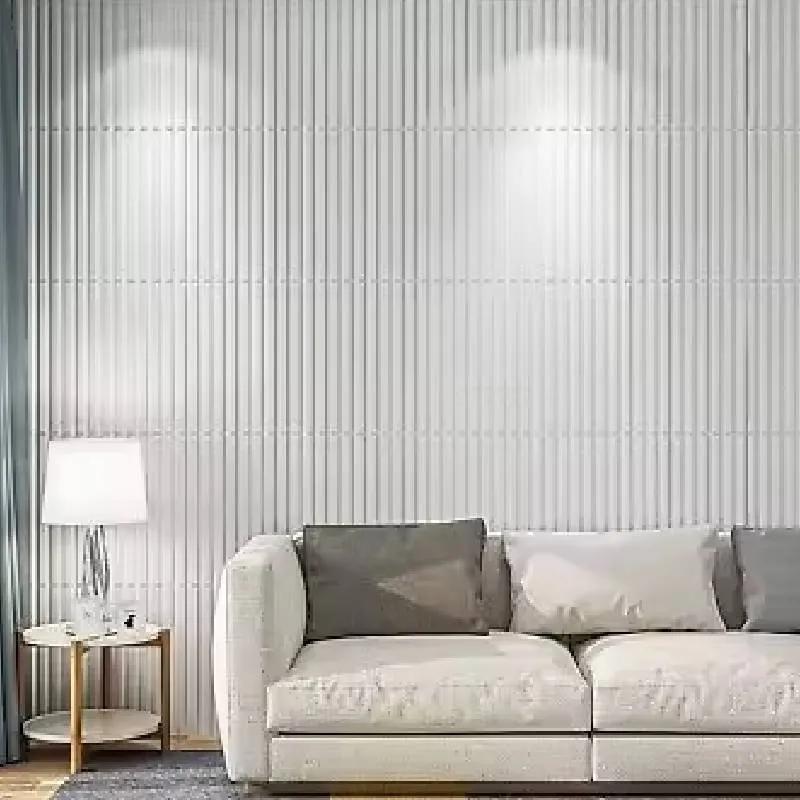The Art of Sound Absorption Merging Functionality with Aesthetics
In an increasingly noisy world, the quest for tranquility has led to innovative solutions in sound absorbing materials and design. Sound absorbing art combines functionality and aesthetics, creating pieces that not only enhance the environment visually but also improve acoustic performance. This unique approach is transforming spaces in homes, offices, and public areas, providing a harmonious blend of beauty and practicality.
Understanding Sound Absorption
Before exploring sound absorbing art, it's essential to understand the principles behind sound absorption. Sound waves travel through air, bouncing off hard surfaces and creating echoes and reverberations. This can lead to an uncomfortable acoustic environment, making conversations difficult and causing distractions. Sound-absorbing materials are designed to reduce this reverberation by converting sound energy into a small amount of heat, thereby minimizing reflections.
Traditional acoustic treatments often involve dull panels or foam, which, while effective, are not always visually appealing. This is where sound absorbing art steps in. By combining acoustic science with artistic expression, designers and artists are creating works that actively contribute to better sound quality while enhancing the visual landscape.
The Intersection of Art and Acoustics
Sound absorbing art takes many forms—from wall-mounted sculptures to intricate textiles and ceiling installations. Artists and designers employ various materials, such as high-density foam, textiles, and natural fibers, which can effectively dampen sound while also offering visual intrigue. These artworks can be customized to match the aesthetic of a room, whether it’s a modern corporate office, a vibrant studio apartment, or a serene public space.
One popular approach involves using patterns, colors, and textures that resonate with the user’s preferences. The result is not just a piece that sounds good but also one that feels good within its environment. The integration of art into acoustics creates an atmosphere that promotes well-being, enhances creativity, and fosters communication.
sound absorbing art

Benefits of Sound Absorbing Art
The benefits of sound absorbing art extend beyond mere aesthetics. For instance, in office environments, the reduction of ambient noise can lead to increased productivity and improved employee satisfaction. In homes, it can create a more serene living space, encouraging relaxation and mental clarity. Public spaces, such as cafes and concert halls, can utilize these artworks to provide comfortable auditory experiences, enhancing social interactions and enjoyment.
Moreover, sound absorbing art promotes sustainability. Many artists prioritize eco-friendly materials and methods in their designs, contributing to a more sustainable future. By choosing to invest in artwork that serves a dual purpose, consumers can support both environmental responsibility and artistic innovation.
The Future of Sound Absorbing Art
As technology and design evolve, the future of sound absorbing art looks promising. Advancements in materials science may lead to new and exciting options for artists and designers. Innovations in 3D printing, for example, can create complex shapes and patterns that enhance both the acoustic properties and the artistic value of a piece.
Architects and interior designers are increasingly acknowledging the importance of acoustics in their projects. By collaborating with artists who specialize in sound absorption, they can ensure that their spaces not only look good but sound good as well. This trend is likely to continue growing, as awareness of the impact of sound on our health and productivity becomes more widespread.
Conclusion
Sound absorbing art represents a fascinating intersection of creativity and functionality. It demonstrates that art can do more than beautify a space—it can profoundly impact our experience within it. As we seek quieter, more peaceful environments in our lives, the role of sound absorbing art will undoubtedly become more significant, allowing us to appreciate the beauty of both sound and sight in our surroundings.
